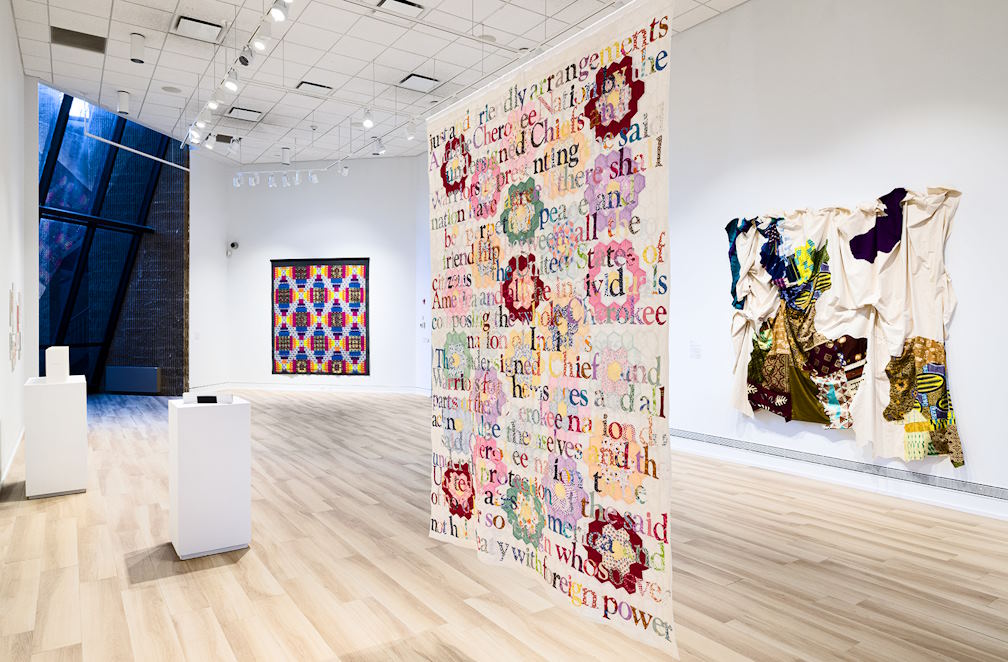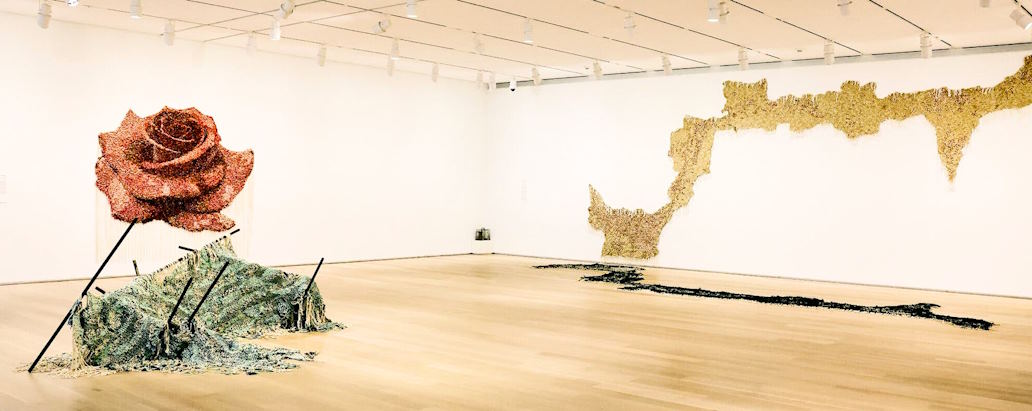Contemporary art installations serve as captivating portals into the minds of artists, offering viewers a multi-dimensional experience that extends far beyond mere aesthetics. At the heart of these immersive creations lies symbolism, a potent language employed by artists to communicate complex ideas, emotions, and narratives. From towering sculptures in bustling city squares to intimate installations tucked away in galleries, symbolism weaves its way through the fabric of contemporary art, inviting audiences to embark on a journey of interpretation and introspection.
Techniques and Devices Employed by Artists in Incorporating Symbolism
Metaphor and Allegory: Metaphor and allegory serve as powerful tools in the arsenal of contemporary artists, allowing them to convey abstract concepts and profound ideas through tangible imagery. In art installations, metaphors are often represented through juxtapositions or transformations, where objects or elements take on deeper symbolic meanings beyond their literal interpretations. Allegorical narratives, on the other hand, unfold through layers of symbolism, inviting viewers to decipher hidden messages and explore universal themes. By employing metaphor and allegory, artists can create rich, multi-dimensional experiences that provoke contemplation and spark dialogue.
Visual Symbols and Iconography: Visual symbols and iconography play a pivotal role in contemporary art installations, serving as visual cues that communicate specific meanings or evoke particular emotions. Artists draw from a diverse range of symbols, ranging from ancient religious iconography to contemporary cultural symbols, to convey their intended messages. Whether it’s a recurring motif, a recurring motif, or a carefully crafted symbol, visual symbols have the power to transcend language barriers and resonate with viewers on a subconscious level, enriching the overall experience of the artwork.

Challenges in Interpreting Symbolism
Subjectivity in Interpretation: Interpreting symbolism in contemporary art installations is inherently subjective, as each viewer brings their unique perspectives, experiences, and biases to the interpretation process. What may resonate deeply with one individual could be entirely lost on another, leading to a myriad of diverse interpretations for the same artwork. This subjectivity highlights the fluid nature of symbolism, as meanings can shift and evolve depending on the viewer’s background and mindset. While subjectivity allows for personal connections and interpretations, it also poses a challenge in achieving a universal understanding of the artwork’s intended message.
Contextual Understanding: Context plays a crucial role in deciphering symbolism, yet it can be a challenge to fully grasp the intricate layers of meaning without a deep understanding of the cultural, historical, and artistic contexts in which the artwork is situated. Symbolism often draws upon cultural references, historical events, or artistic movements, requiring viewers to possess contextual knowledge to unravel its significance fully. Without this contextual understanding, viewers may overlook subtle nuances or misinterpret the artist’s intended message, leading to incomplete or inaccurate interpretations of the artwork.

Impact of Symbolism on Viewer Experience
Emotional Responses Elicited by Symbolism: Symbolism in contemporary art installations has a profound impact on viewer emotions, evoking a range of feelings from awe and wonder to contemplation and introspection. By tapping into universal themes and archetypal symbols, artists have the power to elicit deep emotional responses from their audience. Whether it’s the stirring depiction of human struggle or the serene beauty of nature, symbolism has the ability to resonate with viewers on a visceral level, stirring their emotions and fostering a deeper connection to the artwork.
Provocation of Thought and Dialogue: Symbolism serves as a catalyst for thought-provoking dialogue and discourse, challenging viewers to question their beliefs, values, and assumptions. Through layers of symbolism, artists confront viewers with complex ideas and social issues, sparking conversations that transcend the boundaries of the gallery space. By provoking thought and dialogue, symbolism encourages viewers to engage critically with the artwork and the world around them, fostering greater empathy, understanding, and connection among diverse communities.









































